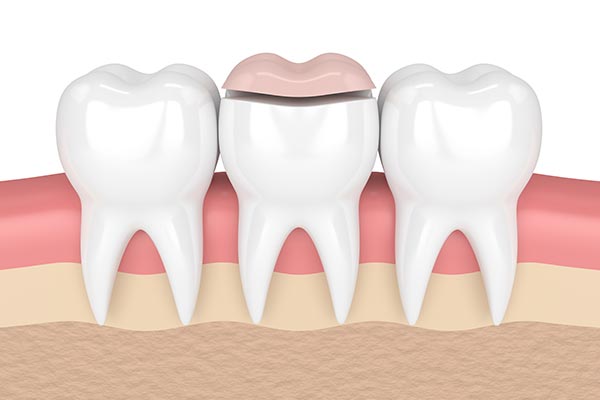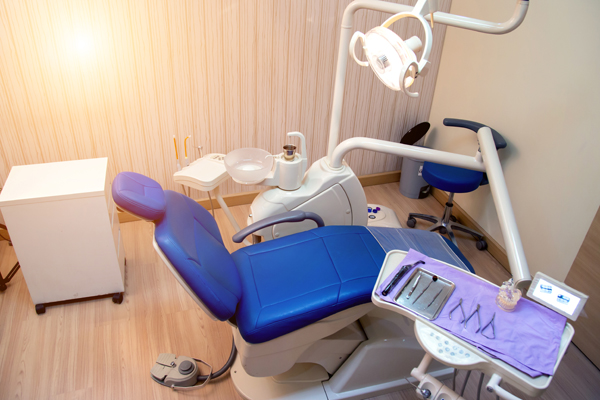The similarities and differences between inlays, onlays, and crowns
Inlays and onlays achieve many of the same results as crowns, to the extent that they are sometimes referred to as partial crowns. All these types of tooth restoration strengthen damaged teeth and look natural, but inlays and onlays differ from crowns in a few key ways.
Restoration method
Crowns cover the entire tooth to the gum line and can be used to cap teeth that have suffered extreme damage or even as replacements for missing teeth. Inlays and onlays are placed, respectively, in or on the existing tooth. Patients can be recommended these treatments as an alternative to crowns if the tooth structure is still intact. Both procedures restore full functionality and appearance to a patient's tooth, but the crown covers the tooth entirely whereas inlays and onlays work with the existing tooth structure.
Materials
Inlays and onlays can be made of a variety of materials, including gold, ceramic, porcelain, or resin, the same as crowns. In the past, gold crowns and inlays were more common, but nowadays most patients opt for porcelain, resin, or ceramic. These materials can be colored to look indistinguishable from a patient's natural teeth. They are also very durable, lasting for years at a time, and require no more maintenance than regular teeth.
Preparation
Inlays, onlays and crowns all require a thorough examination and cleaning of the patient's teeth. This involves the removal of decay as well as any weak part of the tooth. Crowns have specific requirements in this regard because they have a minimum thickness. After this step the cosmetic dentist will have a good idea of the state of the tooth and will move on to taking impressions. A bite registration is also recorded so the dentist can know how the patient's teeth are aligned.
Procedure
The procedure for inlays, onlays, and crowns is very similar. Many cosmetic dentists have a milling machine in the office that can mill all three pieces. This allows for single-visit restorations. At an appointment, pictures are taken for the CAD/CAM milling machine. Then the piece is milled on site quickly enough for the cosmetic dentist to bond it before the patient leaves.
If an office does not have a milling machine, the patient can make two visits. During the first, pictures are taken, and a second appointment is scheduled after the new inlay, onlay, or crown arrives from the lab. In this case the patient is fitted with a temporary crown in between visits.
Conclusion
Inlays and onlays can be used as a viable alternative to crowns if a patient has a salvageable tooth structure. Patients should consult with a cosmetic dentist to find the solution that is most desirable and suitable for them.
Request an appointment or call South Florida Smile Spa, Nicole M. Berger, DDS at 954-395-2419 for an appointment in our Pompano Beach office.
Recent Posts
Many people seek a cosmetic dentist because they feel self-conscious and uncomfortable with their smile if their teeth are not as aesthetically pleasing as they might wish. The teeth frame the entire face, so a pearly white smile can make it seem radiant and full of energy.Cosmetic dentistry offers numerous solutions for patients who want…
When it comes to enhancing a patient's smile, a cosmetic dentist may utilize a variety of treatment options to achieve the desired look. One of the most commonly used procedures in cosmetic dentistry is applying veneers to teeth that are permanently discolored, irregularly sized or shaped, or unevenly spaced in the mouth. While this technique…
Patients who need to see a cosmetic dentist for teeth straightening have multiple options to choose from. Clear aligners have become a popular option due to the numerous benefits the aligners provide to patients. Clear aligners, which are transparent plastic trays that are used to move teeth into a new position by exerting gentle pressure,…


